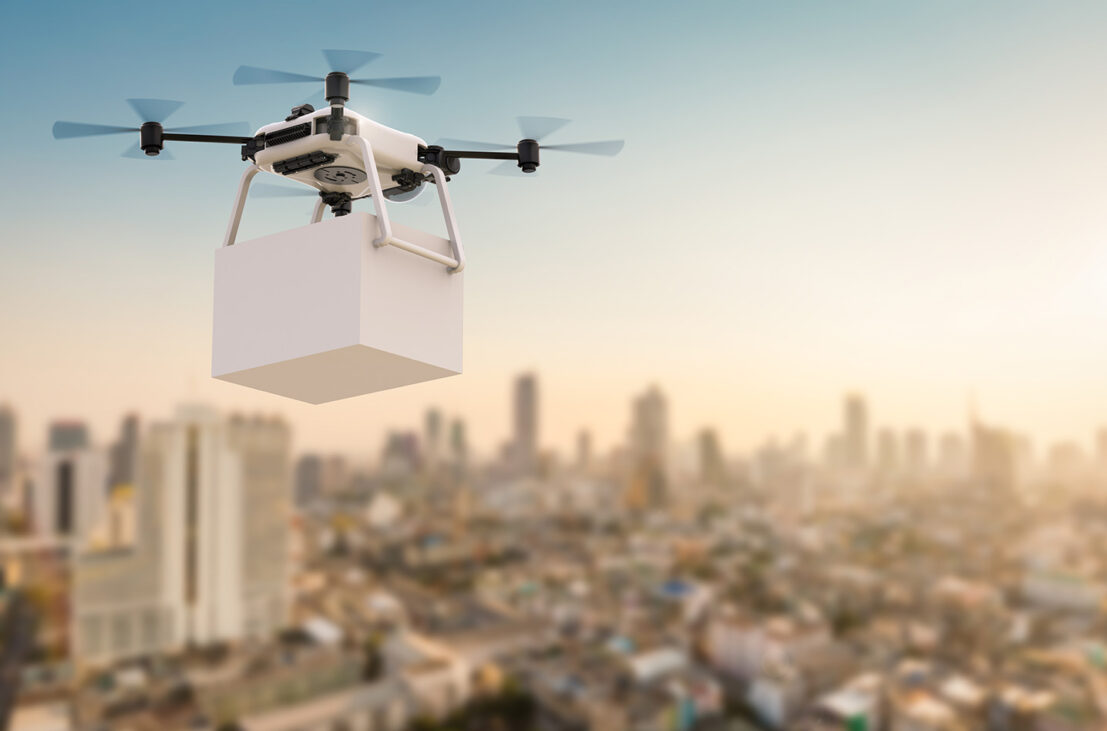
June 15, 2023
NBAA has asked the FAA to reconsider its proposed approach to unmanned aircraft systems (UAS) beyond visual line of sight (BVLOS) policies and rulemaking in comments submitted to the agency this week.
Docket No. FAA-2022-0921 – UAS Beyond Visual Line of Sight (BVLOS) – was essentially a request for information from the FAA, with the agency asking almost 20 questions of industry stakeholders. The FAA also shared possible paths to increased BVLOS operations, including new standards and changes to existing fundamental operations rules. View the request for comment.
“In our comments, NBAA encouraged the FAA to utilize the existing regulatory framework, rather than creating new operational rules or standards for BVLOS,” said Heidi Williams, NBAA’s senior director, air traffic services and infrastructure. “We believe the existing framework, with a few carefully constructed performance and safety targets, will ensure the overall safety of the National Airspace System (NAS) and serve the public interest while still enabling the UAS industry to move forward.”
NBAA also pointed to the many years of safe BVLOS operations conducted in test programs and under waivers and exemptions.
Review NBAA’s full comments to the FAA.
“We see this general trend of the FAA trying to reinvent what industry is already accomplishing in safe operations in the NAS,” said Charlton Evans, CEO of End State Solutions LLC, a member of the NBAA Emerging Technologies Committee and the lead of this committee initiative. “There’s ample opportunity to work within the existing rulesets without creating a new subpart of regulations or cumbersome standards.”
Evans pointed to 91.113 Right-of-Way Rules, which prescribe the pilot’s responsibility to see and avoid other traffic and then the right-of-way hierarchy depending on aircraft type and operation type.
“91.113 is sufficient for UAS BVLOS operations and should continue to be the standard,” Evans explained.
Evans is optimistic about the FAA’s current progress in allowing innovation, though, adding, “When you look at the bigger picture beyond this or any single rulemaking or legislation, there’s a lot of activity from the FAA at once. They are creating opportunities we haven’t seen in the past.”


 International Business Aviation Council Ltd.
International Business Aviation Council Ltd.